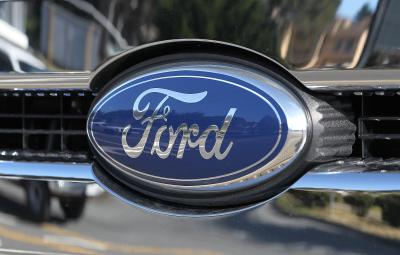
First introduced as an option on its Super Duty trucks in 1988, the Ford Powerstroke engine has developed a reputation as a rock-solid and reliable powerhouse. A strong aftermarket has grown around this engine in recent years, catering not only to those seeking more acceleration and top speed, but also to those who simply desire an increase in fuel economy and towing power.
The first avenue for performance increased pursued by most Powerstroke owners is exhaust. An open exhaust system decreases resistance on the turbocharger's exhaust impeller, decreasing boost lag and exhaust gas temperatures, and opens the door to cheap power increases by way of a reprogrammed computer. After all, any air and fuel that goes in has to have some way to get out.
The greatest gains in power through exhaust are in the turbo down-pipe (the part that connects the turbo to the exhaust system), and the catalytic converter-back exhaust. In and of itself, an aftermarket exhaust system may only net about 20 horsepower, but this upgrade is absolutely essential if you have any designs on power in the future.
There are at least half a dozen different companies that sell power-programmers for the 7.3L Powerstroke, the best known being Banks and Bully Dog. Power programmers work in two basic ways: first, they inject more fuel into your engine, and secondly, power programmers increase the boost pressure by modifying the wastegate parameters, which forces more air into the engine. More air plus more fuel equals more power. Combined with an aftermarket exhaust system and free-flowing cold-air intake, a re-programmer can increase engine output by as much as 100 horsepower and 200 ft.-lbs. of torque.
The stock turbo on your Powerstroke is (safely) good to about 450 horsepower, as much as 500 if you're willing to risk over-speeding it. Overspeeding (opening the wastegate all the way) is a dangerous and possibly destructive way to make power, and can lead to serious engine damage. For anything over 450 horsepower, go with a larger turbo and a 4-inch round downpipe; consider installing a higher flowing wastegate and aftermarket blow-off valve to control all you new-found boost.